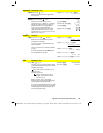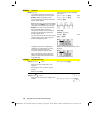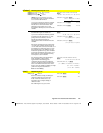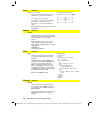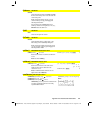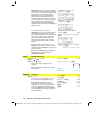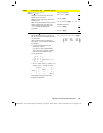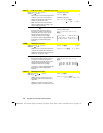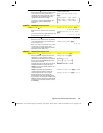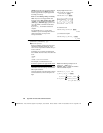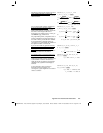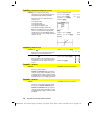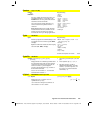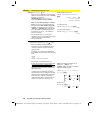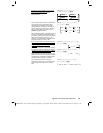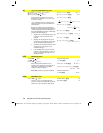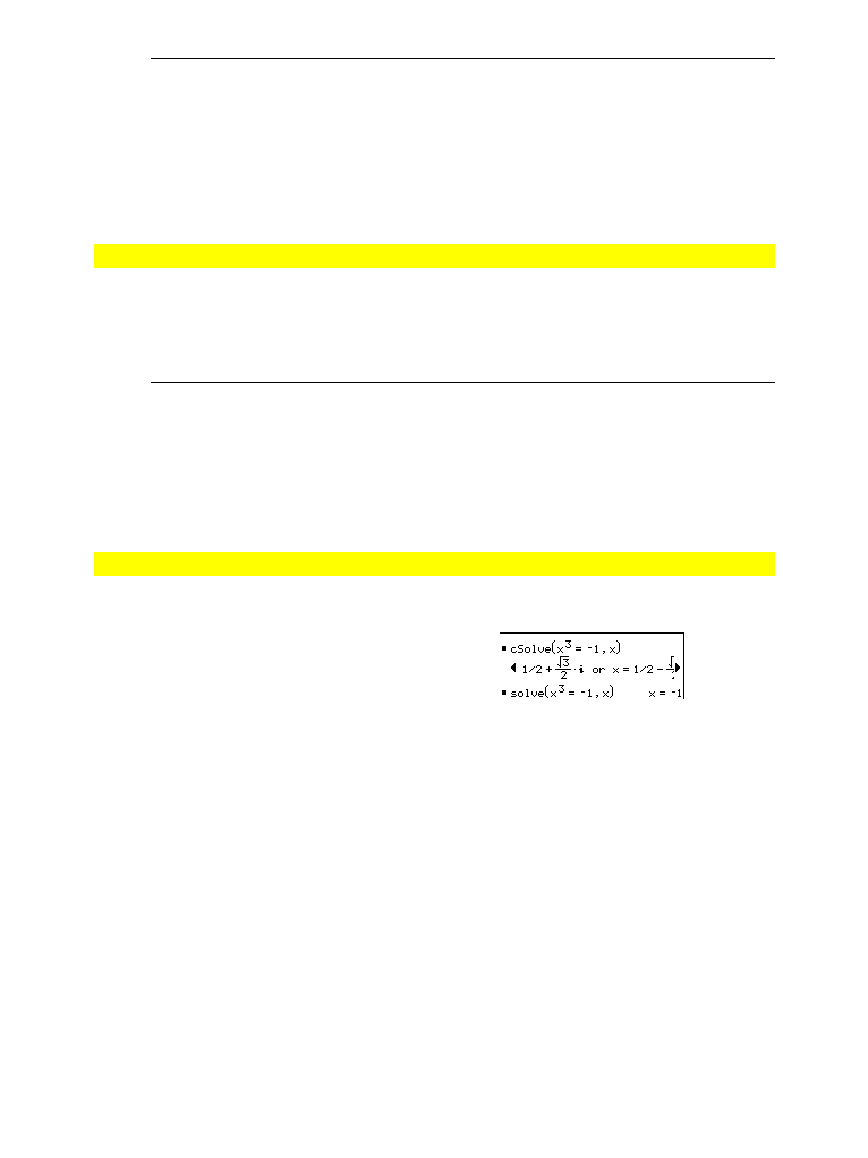
Appendix A: Functions and Instructions 425
8992APPA.DOC TI-89 / TI-92 Plus: Appendix A (US English) Susan Gullord Revised: 02/23/01 1:48 PM Printed: 02/23/01 2:21 PM Page 425 of 132
cosh
ê
(squareMatrix1)
⇒
squareMatrix
Returns the matrix inverse hyperbolic cosine
of
squareMatrix1
. This is
not
the same as
calculating the inverse hyperbolic cosine of
each element. For information about the
calculation method, refer to
cos()
.
squareMatrix1
must be diagonalizable. The
result always contains floating-point
numbers.
In Radian angle mode and Rectangular
complex format mode:
cosh
ê
([1,5,3;4,2,1;6,
ë
2,1])
¸
2.525…+1.734…
ø
i
ë
.009…
ì
1.490…
ø
i
…
.486…
ì
.725…
ø
i
1.662…+.623…
ø
i
…
ë
.322…
ì
2.083…
ø
i
1.267…+1.790…
ø
i
…
crossP()
MATH/Matrix/Vector ops menu
crossP(list1, list2)
⇒
list
Returns the cross product of
list1
and
list2
as
a list.
list1
and
list2
must have equal dimension, and
the dimension must be either 2 or 3.
crossP({a1,b1},{a2,b2})
¸
{0 0 a1
ø
b2
ì
a2
ø
b1}
crossP({0.1,2.2,
ë
5},{1,
ë
.5,0})
¸
{
ë
2.5
ë
5.
ë
2.25}
crossP(vector1, vector2)
⇒
vector
Returns a row or column vector (depending
on the arguments) that is the cross product
of
vector1
and
vector2
.
Both
vector1
and
vector2
must be row vectors,
or both must be column vectors. Both
vectors must have equal dimension, and the
dimension must be either 2 or 3.
crossP([1,2,3],[4,5,6])
¸
[
ë
3 6
ë
3]
crossP([1,2],[3,4])
¸
[0 0
ë
2]
cSolve()
MATH/Algebra/Complex menu
cSolve(equation, var)
⇒
Boolean expression
Returns candidate complex solutions of an
equation for
var
. The goal is to produce
candidates for all real and non-real solutions.
Even if
equation
is real,
cSolve()
allows non-
real results in real mode.
Although the TI
-
89 / TI
-
92 Plus processes all
undefined variables as if they were real,
cSolve()
can solve polynomial equations for
complex solutions.
cSolve(x^3=
ë
1,x)
¸
so
l
ve
(
x^3=
ë
1
,x
)
¸
cSolve()
temporarily sets the domain to
complex during the solution even if the
current domain is real. In the complex
domain, fractional powers having odd
denominators use the principal rather than
the real branch. Consequently, solutions from
solve()
to equations involving such fractional
powers are not necessarily a subset of those
from
cSolve()
.
cSolve(x^(1/3)=
ë
1,x)
¸
false
solve(x^(1/3)=
ë
1,x)
¸
x
=
ë
1



